
NHL Playoff Rules: Let’s End the Confusion

The National Hockey League (NHL) playoffs are a thrilling tournament that provides an exciting end to the regular season. As with any sport, officiating and rules remain consistent throughout all levels of play, including post-season hockey. However, the NHL has some unique regulations that set it apart from other sports when it comes to overtime and playoff format.
Let’s look at what you need to know about NHL overtime rules and playoff structure to better understand why postseason hockey is such an engaging spectator sport.
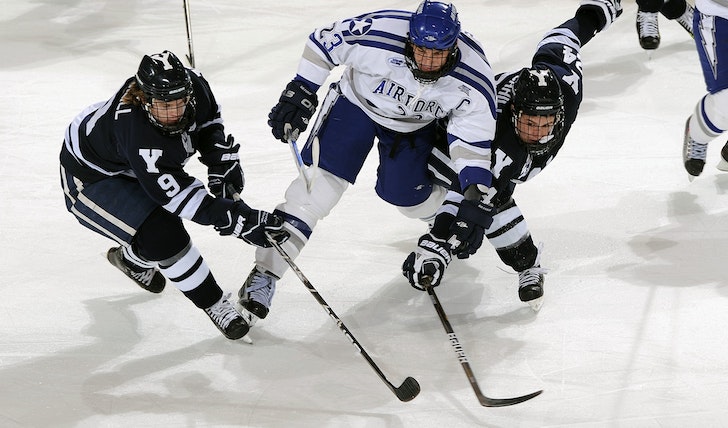
Pixabay / Pexels | Unlike other sports, the NHL playoff rules are slightly different and unique.
The Overtime Format in the NHL Playoffs
In the NHL playoffs, teams are required to play an “overtime period” if the game is tied after regulation time. This overtime period is different from regular season play, with some additional rules that apply.
First, during playoff overtime, teams are required to “sudden death” or “five-on-five” hockey. That means each team has five skaters and one goaltender on the ice at all times, which creates a more intense back-and-forth between the two sides as they battle for every inch of ice and every scoring chance.
Additionally, in post-season games, overtime periods are sudden death–meaning that whichever team scores first wins the game without playing any further. In contrast, regular season overtime periods can last up to 20 minutes before ending in a shootout if neither team is able to break the tie.
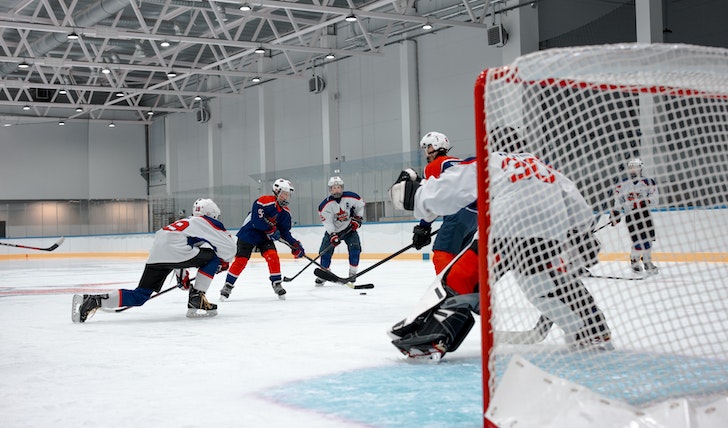
Ron / Pexels | Sudden death is one of the most common rules in the NHL playoff overtime.
Finally, teams do not change sides in the NHL playoffs after the first overtime period. This rule keeps things fair and allows players to remain on their preferred side of the ice for the duration of the game.
The NHL Playoff Structure
In addition to unique overtime rules, there are other regulations that differ between regular-season play and playoff hockey. One such example is that tournament brackets have been adjusted over time to create an even playing field for all teams competing in the post-season.
The current format consists of 16 teams in four divisions (or conferences). The top three teams from each division make it into the playoffs, while two additional wild card teams also qualify to compete.
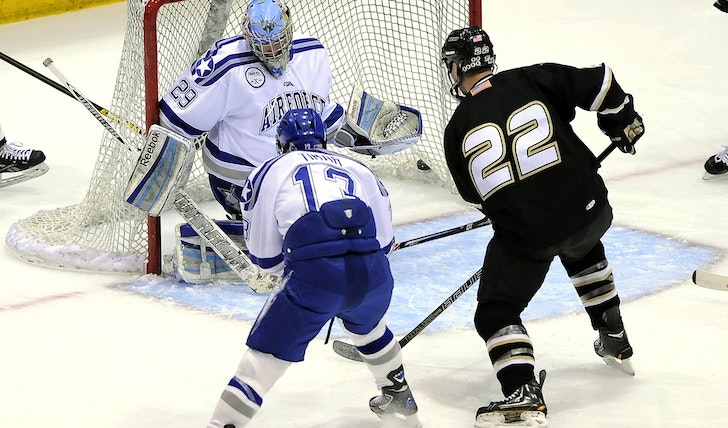
Pixabay / Pexels | To qualify for the playoffs, the top three teams have to win all games!
Once the teams are identified, they play a seven-game series in which the first team to win four games advances to the next round. The playoff rounds progress until only one team remains: The Stanley Cup winner.
Parting Thoughts
For hockey fans and players alike, nothing compares to the intensity of post-season competition. Understanding the NHL’s unique overtime rules and playoff structure is key for anyone wanting to get the most out of their experience watching or participating in hockey playoffs.
With this knowledge, you can now be better prepared for whatever surprises await during the NHL playoffs. So, keep these rules in mind as you enjoy the upcoming 2023 NHL playoffs.
More in Entertainment
-
`
How Daniel Ricciardo Became a Formula 1 Icon | The Untold Story
Daniel Ricciardo’s journey in Formula 1 has been nothing short of remarkable. Daniel Ricciardo left a lasting mark on the sport,...
April 12, 2025 -
`
Memphis Point Guard Ja Morant is the Funniest NBA Player!
Ja Morant, 25, is not just one of the most electrifying players in the NBA. He is also one of the...
April 11, 2025 -
`
UFC Champion Deiveson Figueiredo Reveals His Career-defining Fights
UFC Macau has hosted some unforgettable bouts, and Deiveson Figueiredo’s battles in the Octagon remain etched in MMA history. Known for...
April 6, 2025 -
`
Flamboyant Formula One Boss Eddie Jordan Dies Aged 76
Eddie Jordan, the outspoken, wild-hearted Formula One team boss, has died at 76. Known for his sharp wit, bright shirts, and...
April 4, 2025 -
`
Top 5 NBA Trades That Could Create New Title Contenders
The NBA landscape is always buzzing with excitement, and the upcoming season is no different. While the Boston Celtics currently dominate...
April 4, 2025 -
`
Master the Art of Defense With These 5 Essential Boxing Guards
Boxing is a sport that combines raw power, strategic acumen, and graceful agility. Often referred to as the “Sweet Science,” it...
March 25, 2025 -
`
LeBron James, 40, Adds Yet Another Record to His Legendary NBA Career
If it is another night for the GOAT, it is surely another milestone for LeBron James. At 40 years old, he...
March 21, 2025 -
`
The Most Spectacular Goals in Premier League History
The Premier League, widely regarded as one of the world’s most competitive and prestigious football leagues, has witnessed some truly iconic...
March 20, 2025 -
`
Best Wide Receivers in the History of Houston Texans
Since Texans’ debut in 2002, the team has worked hard on the field to get some serious firepower and introduced four...
March 15, 2025





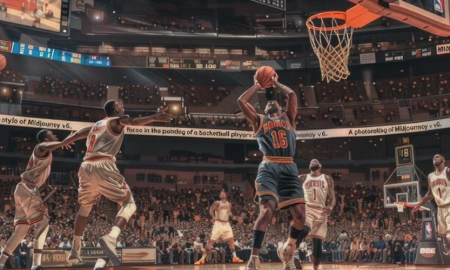




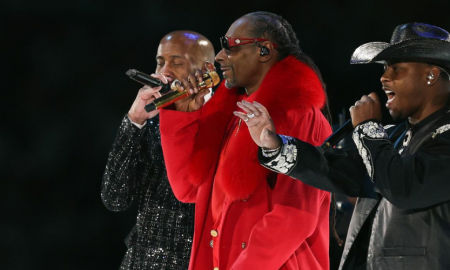




You must be logged in to post a comment Login